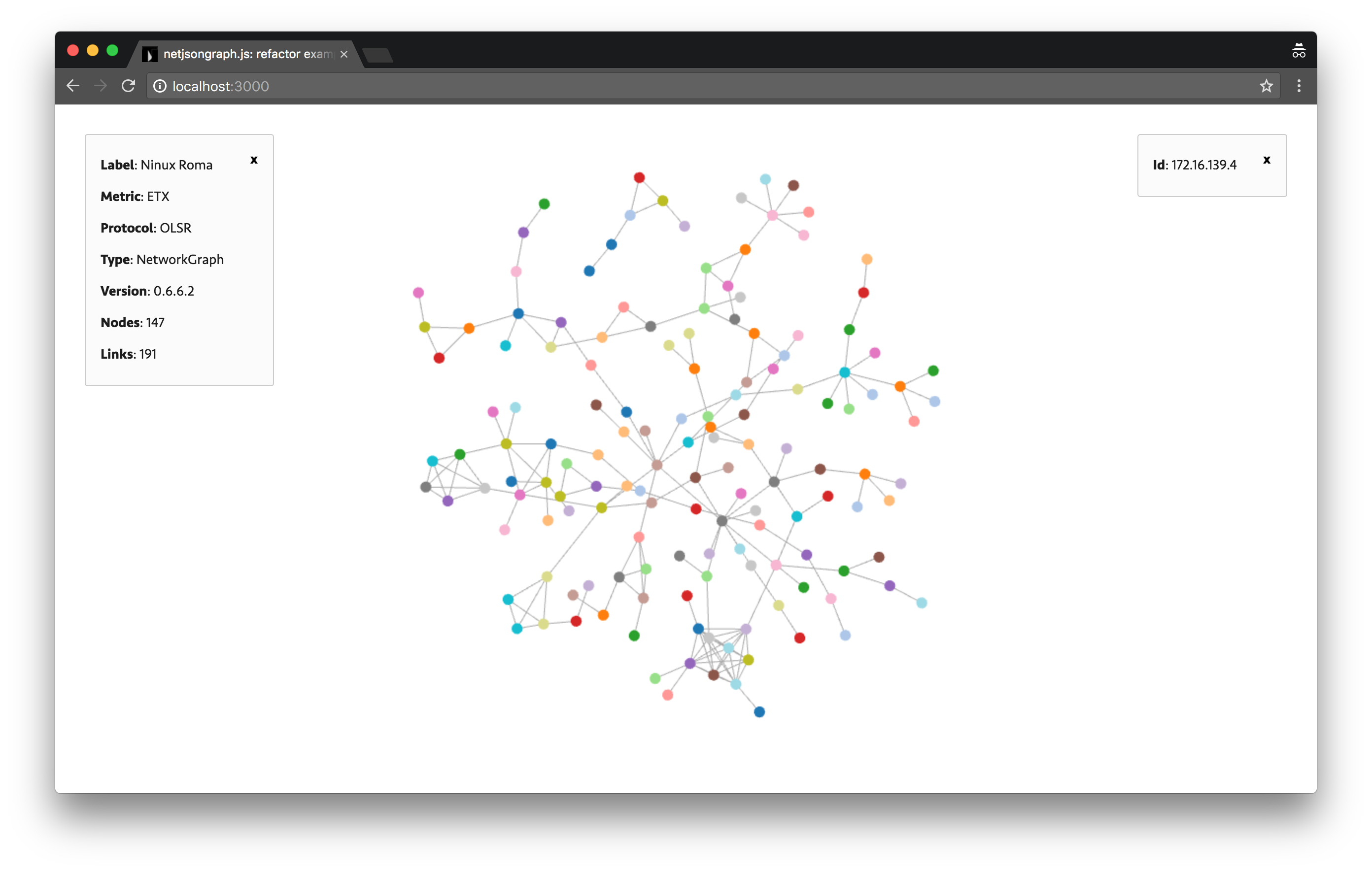Hi Freifunk,
This is my last post within this years GSoC. I’ll cover the progress, challenges and future of the project.
tl;dr:
Direct links to the work I’ve done this GSoC:
First a small reminder what the project is about: Enable end-users to update their routers to new releases or bulk update installed packages via a simple click in the Luci web interface. The magic lies in a server producing sysupgrade images with the same packages preinstalled as installed on the router. That happens on demand when triggered via the web interface.The image is downloaded securely via encrypted HTTP as the used browser has all certificates installed. The router does neither need certificates nor a correct running clock.
Progress
Server
At this point I’m very happy to announce a test (and usable) version of the attended sysupgrade setup. All created package recipes were accepted into the official repository and are compiled within the daily build cycle. The server runs fine obeying the described API at the Github page. Images are build within a few seconds if the request appears for the first time. The server stores previous requests and forwards to existing images instead of building it again. This reduces significantly the amount of build images due to the likely case of identical images being requested again. In addition some basic information are offered via the web servers status pages.
The server is implemented in Python3 using flask for request routing and template rendering. While that’s only the tip of the iceberg behind the server lays a rather complex PostgreSQL database validating requests, checking for package changes or transforming packages when updating to another main release. More on the transformations later.

Images created on the server. A click on manifest shows all installed packages with version. All snapshot builds are deleted midnight UTC.
To try the the server at https://betaupdate.libremesh.org have a look at the demos I prepared. Continue reading “GSoC 2017 – Attended Sysupgrade – Final evaluation update”

 .
.


